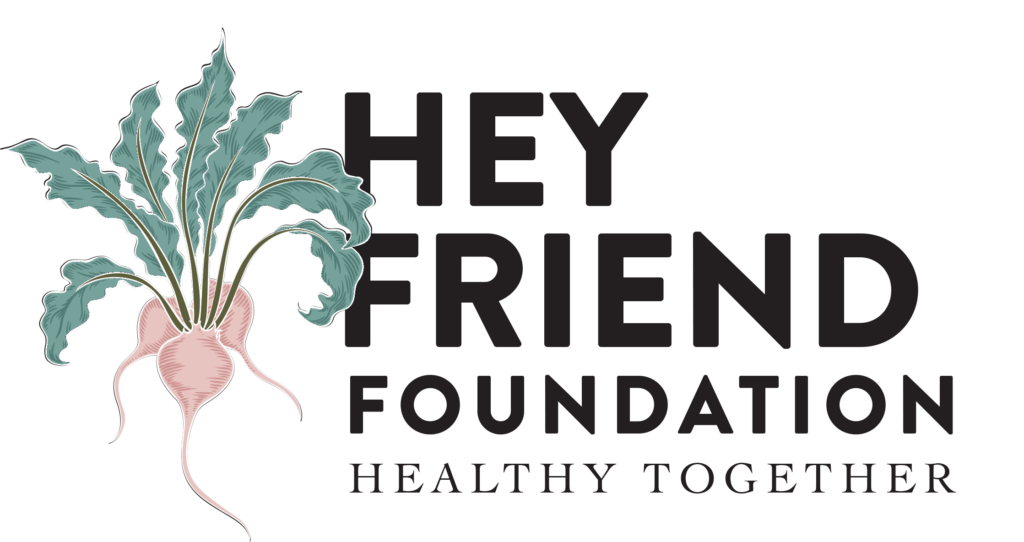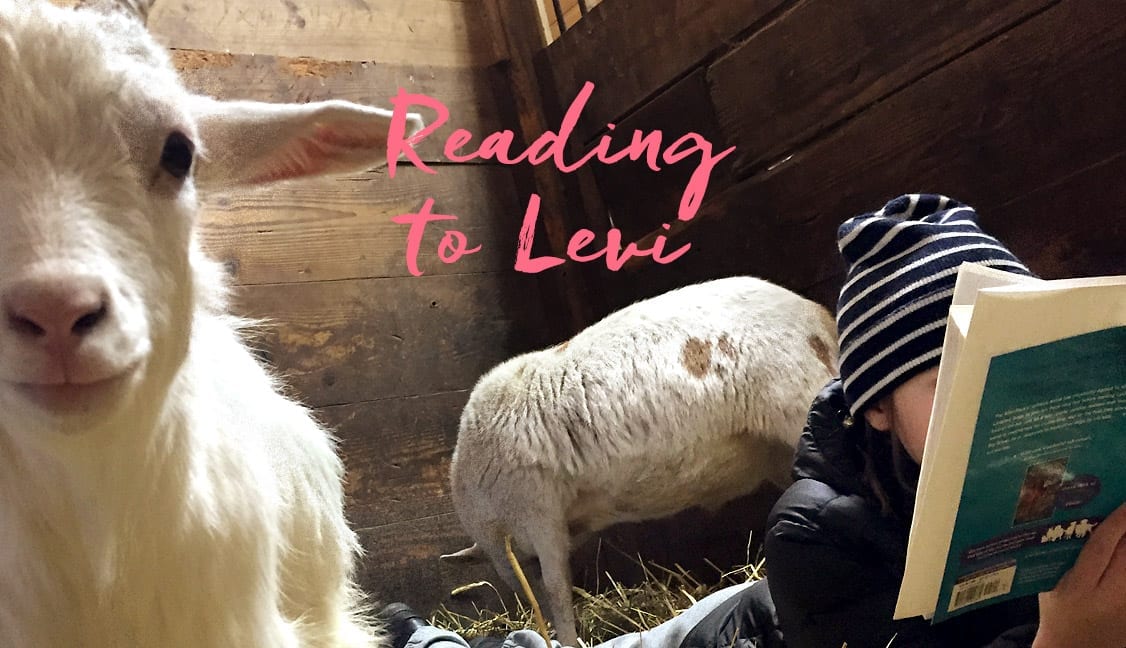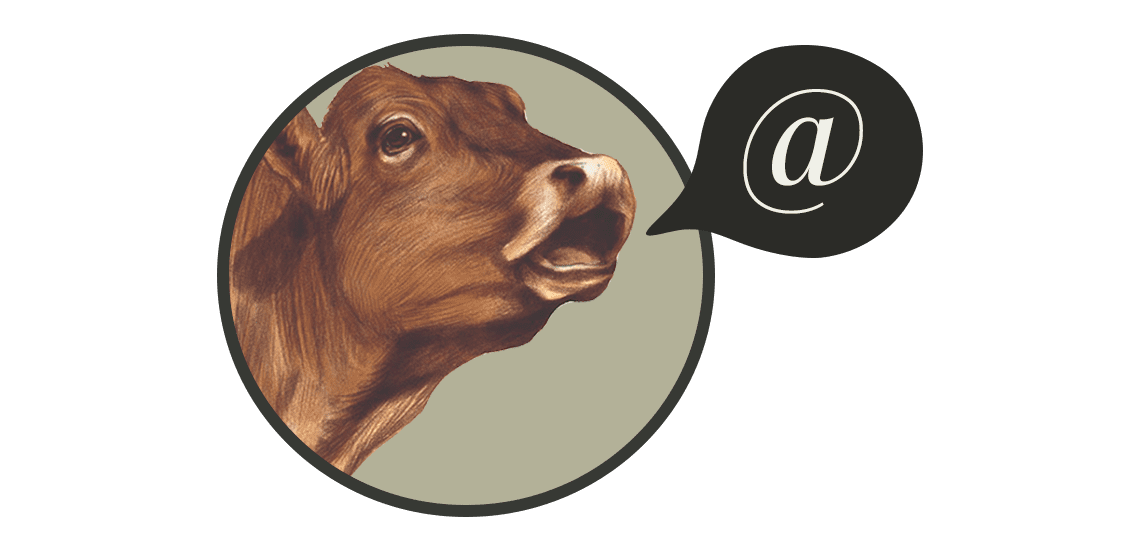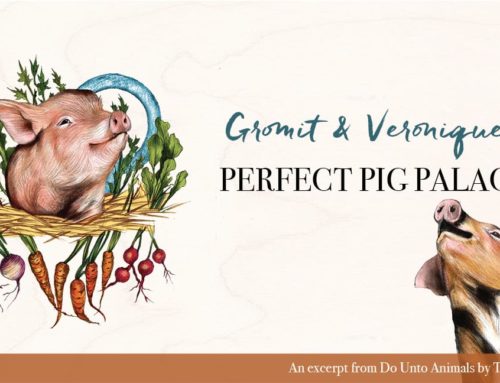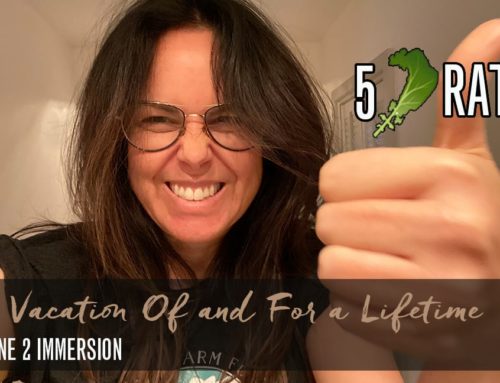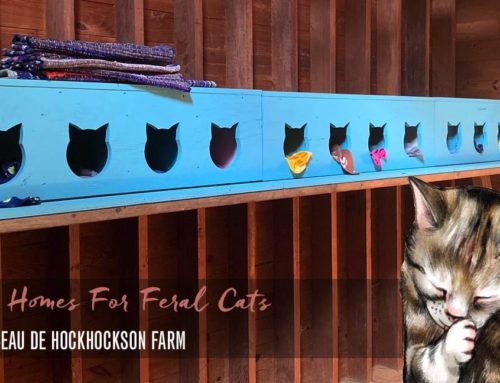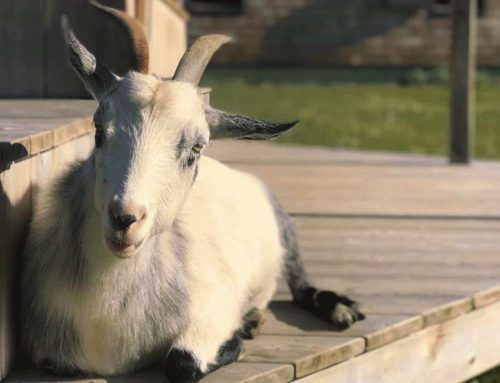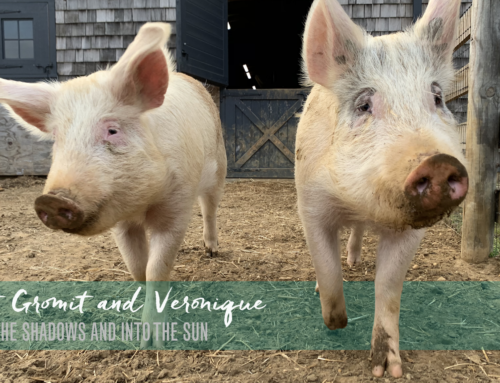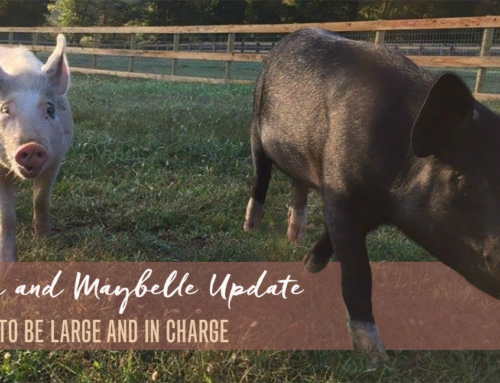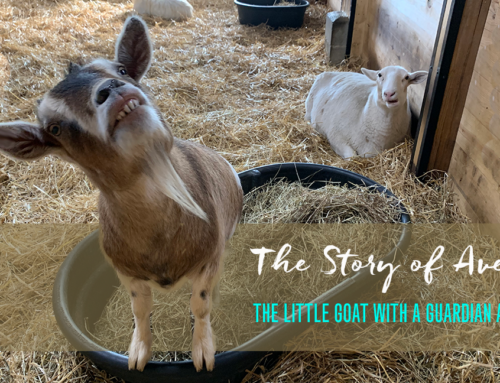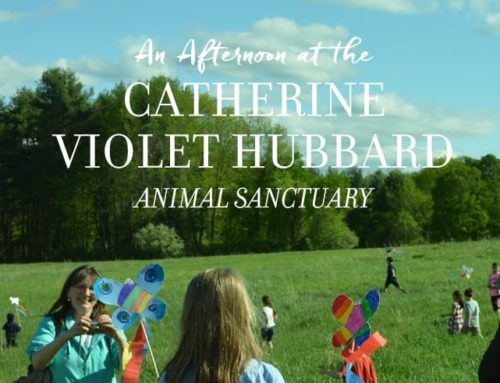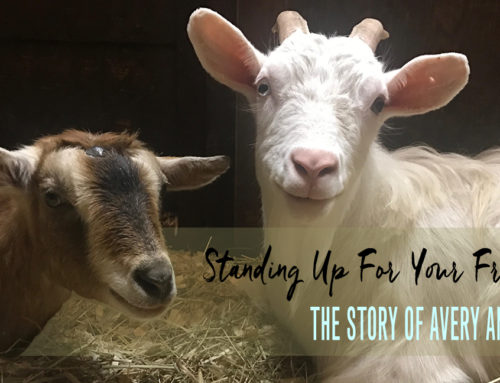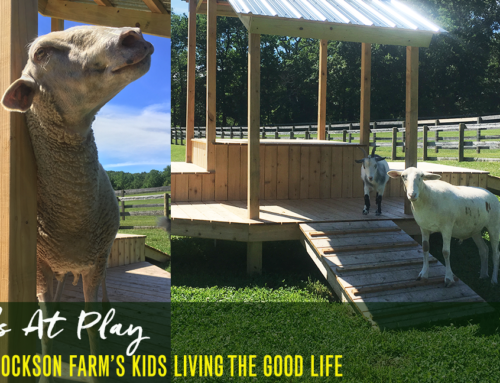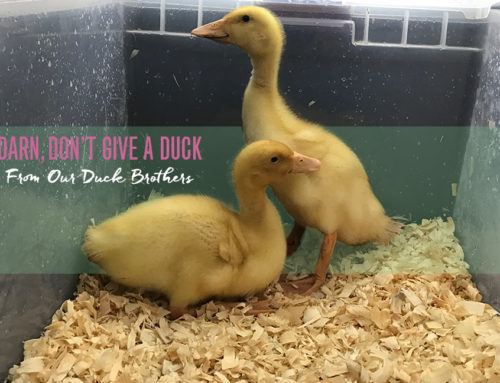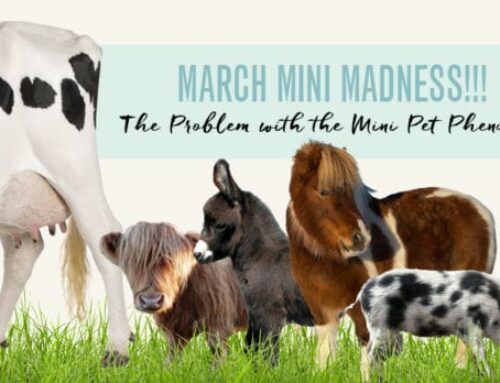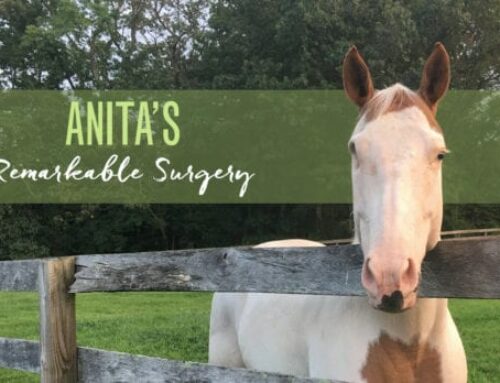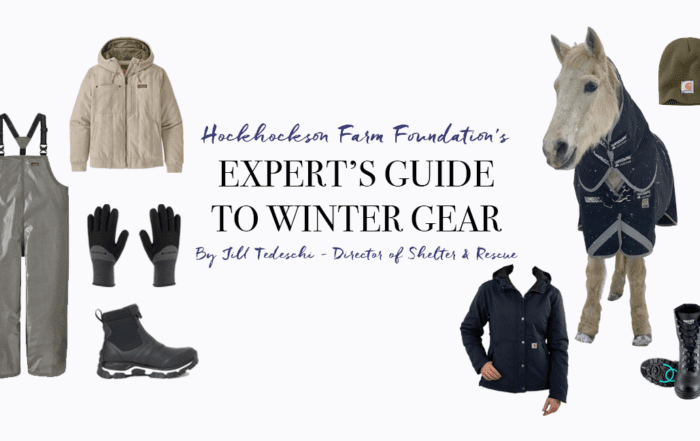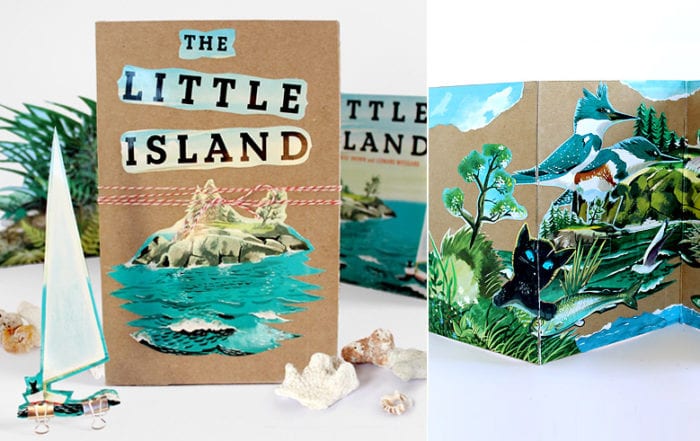The Goat, the Mystery, the New Friend
Levi joined The Hey Friend Foundation family after quite mysteriously escaping a slaughterhouse. It’s no mystery that he’d want to escape, but to this day we still wonder how the heck he did it. Levi is a fainting goat, a.k.a. Myotonic. Myotonics faint when stressed. How did our boy keep from fainting long enough to make his bid for freedom? We don’t know, but all we can say is, “Go Levi. Go!!!!!”
Myotonic goats are still intentionally bred with this trait today. The history of these goats is that shepherds would keep them with their flock of sheep, so that if a predator descended, the goat would take the hit and the sheep would get away. Videos of fainting goats litter the internet. I’m hoping that the folks that find them funny don’t understand why the goat is fainting. During the fainting episode the goat stays conscious but is completely paralyzed – the stuff of nightmares.
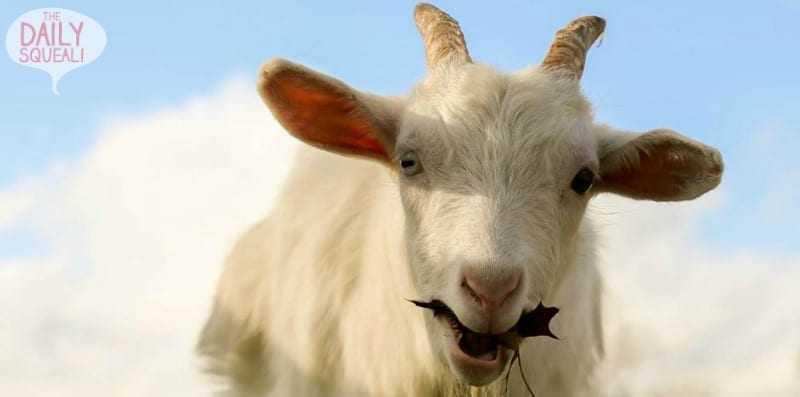
When Levi first arrived at our farm, he hid behind his friends for days. While Romy, Avery, and the rest of the gang enjoyed belly-rubs and back-scratches, Levi would observe from a distance, an outsider to the love-party. Knowing Levi’s affliction, we gave him his space despite wanting to grab and kiss him and tell him everything was going to be okay.
A week after Levi’s arrival, my daughter had an idea. For years she had been visiting local animal shelters and reading books to the dogs, cats, rabbits, and guinea pigs. Animal shelters encourage their young supporters to stop in and read to the shelter animals as they’ve found that their soft, gentle, and soothing voices help the timid and shy shelter animals come out of their shells. They help the animals to find comfort and safety in human interaction and learn to socialize through a calm and peaceful exercise. My daughter wondered whether this same idea might help bring Levi the goat out of his shell too.
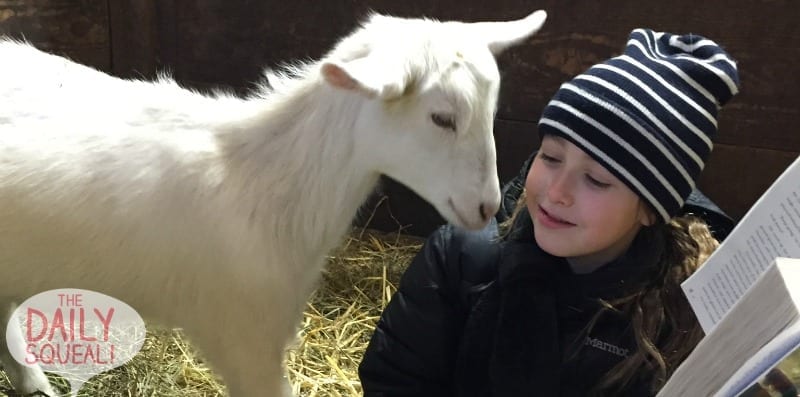
The next day she decided that she would do her homework in Levi’s stall. With a book in hand, she found a spot in the hay and began to read aloud. Careful at first not to look at Levi or cause him to become frightened, she soon noticed a small furry body sidling up next to hers. It was Levi. While she continued to read, he let her rub his chest, closing his eyes and tilting his head towards hers. He was calm, happy and finally at home.

Giving children the opportunity to read to animals allows them to learn empathy and compassion for their fellow living creatures. It can help the animal learn social skills and find comfort around humans, and can help children to gain confidence in reading, improve their literacy skills and find comfort in performing a skill without judgment.
Here are a few of our favorite books to get them started:
Me… Jane, by Patrick McDonnell (Ages 4-8): Details the making of a young naturalist who becomes a famed primatologist, animal advocate and UN Messenger of Peace.
Wonder Horse: The True Story of the World’s Smartest Horse, by Emily Arnold McCully (Ages 4-8): Former slave, Dr. William Key, becomes best friends with a horse and the pair become a traveling spectacle, teaching kids about kindness to animals.
That’s Why We Don’t Eat Animals, by Ruby Roth (Ages 4-10): An endearing animal cast of pigs, turkeys, cows, quail, turtles, and dolphins are shown in both their natural state and in the terrible conditions of the factory farm.
Minny’s Dream, by Clare Druce (Ages 8-14): A young girl unexpectedly finds herself neighboring a battery hen operation and befriending a chicken named Minny.
The Forgotten Rabbit, by Nancy Furstinger (Ages 5-8): Bella the rabbit makes a giant leap from neglected Easter bunny to cherished animal companion.
Granny Gomez and Jigsaw, by Deborah Underwood (Ages 4-8): A funny and sweet tale about pigs as companions who deserve a good home and family too.
Claude and Medea – The Hellburn Dogs, by Zoe Weil (Ages 9-12): A riveting story that will make kids eager for more, while offering them true heroes for today’s world.
A Dog’s Purpose, by W. Bruce Cameron (Ages 10 and beyond): Heartwarming, insightful, and often laugh-out-loud funny, A Dog’s Purpose is not only the emotional and hilarious story of a dog’s many lives, but also a dog’s-eye commentary on human relationships and the unbreakable bonds between man and man’s best friend.
Do Unto Animals: A Friendly Guide to How Animals Live, and How We Can Make Their Lives Better, by Tracey Stewart (Ages 13 and beyond): A memoir and how-to about enriching the world of the creatures in your life, whether they be dogs, cats, or the crows in your backyard. . . . The book details basic animal behavior as well as practical humane solutions to common animal-human conflicts (cats scratching furniture, moles destroying your lawn).
Most Good, Least Harm, by Zoe Weil (ages 13 and beyond): With a world steeped in materialism, environmental destruction, and injustice, what can one individual possibly do to change it? While the present obstacles we face may seem overwhelming, author and humane educator Zoe Weil shows us that change doesn’t have to start with an army. It starts with you.
